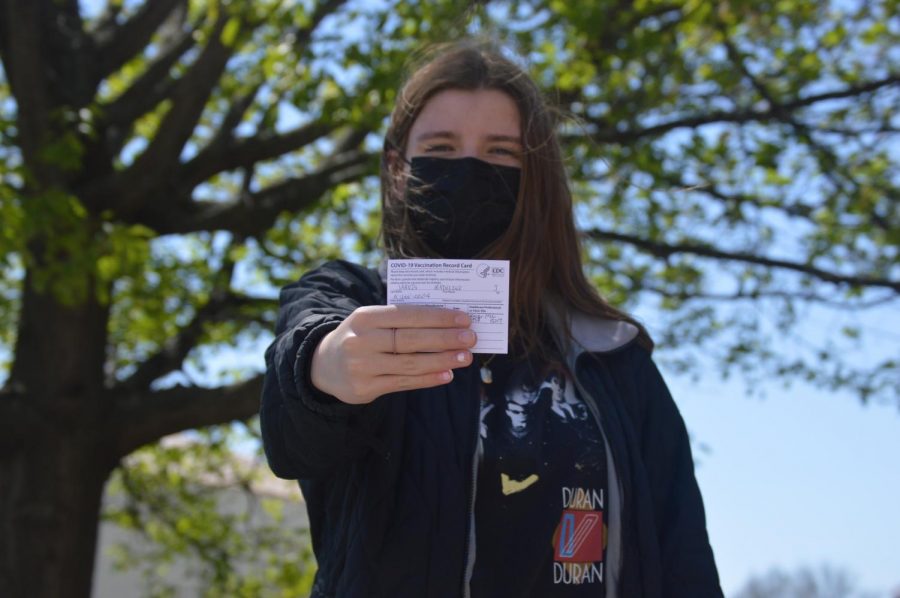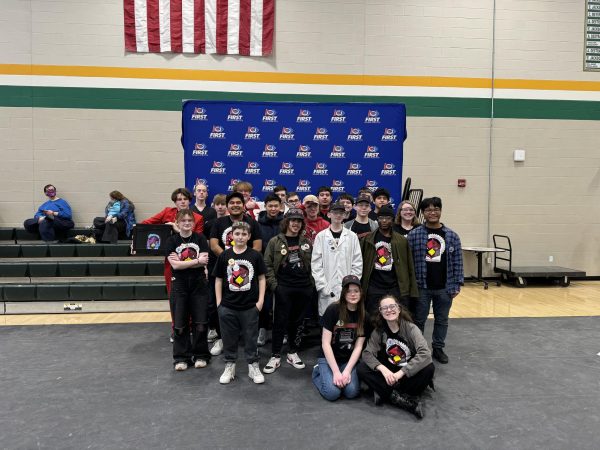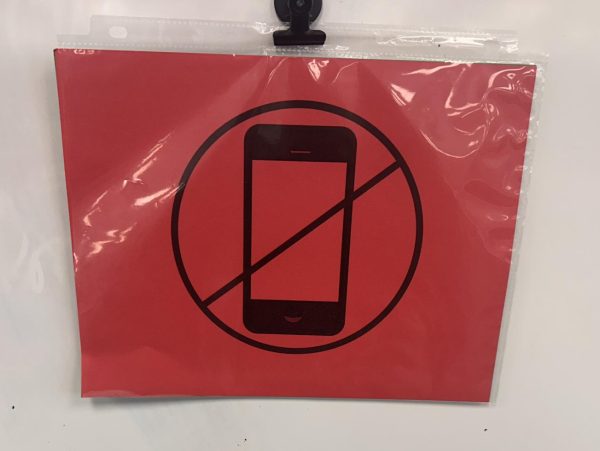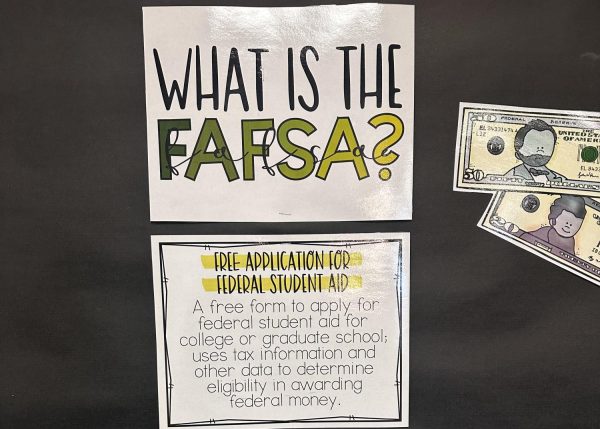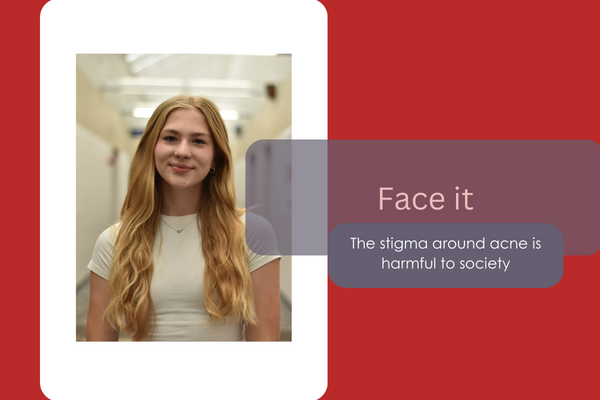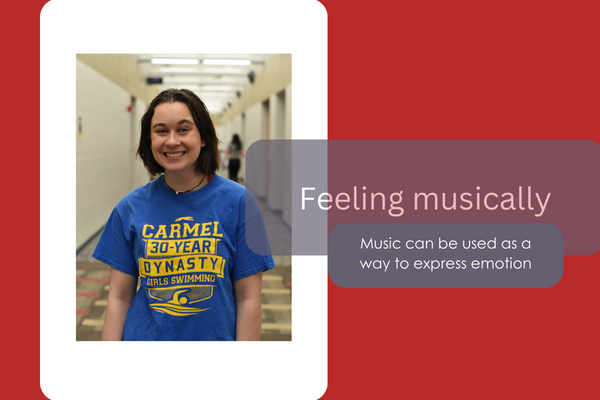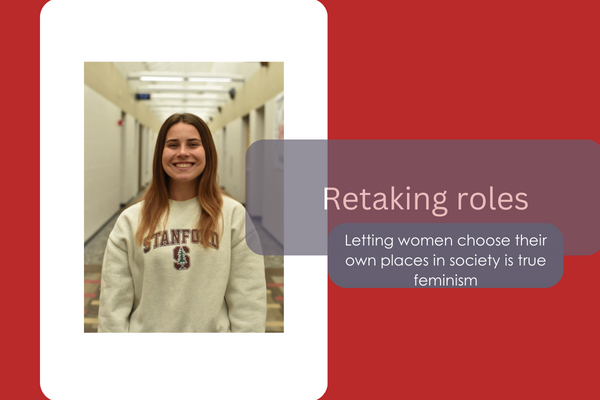A shot at safety
The main differences between the COVID-19 vaccines explained
Junior Madeline Jarvis has received her first dose of the vaccine. She learned about the differences of the three vaccines in AP Biology.
There have been 141 million reported cases and over 3 million deaths worldwide since the beginning of the COVID-19 pandemic, according to the New York Times. When it was announced, the completion of the COVID-19 vaccines brought hope to many people. Now, there are three different vaccines available in the U.S, the Pfizer-BioNTech, Moderna and Johnson and Johnson Janssen.
The Pfizer-BioNTech vaccine is an mRNA vaccine that is now available for all those 16 and over. These types of vaccines are often the most popular to use because while they give people protection against the virus, people are getting vaccinated without the risk of serious consequences from that virus.
According to the CDC, the mRNA vaccines teach the body how to make a protein that will produce antibodies to fight against the virus. This means if the real virus enters the body, it will know how to fight it off.
Pfizer is the only vaccine that is currently available to those under 18. Pfizer and BioNTech have begun collecting data in the effectiveness of their vaccine in those aged 12 to 16, and they are also starting studies in kids down to six months of age.
“It was actually 100% effective,” John Christenson, the Medical Director of Infection Prevention at Riley Children’s Hospital, said. “So they’re likely to get permission from the government to start using that vaccine in younger people.”
The Moderna vaccine is very similar to the Pfizer vaccine, in that it is also an mRNA vaccine. However, this vaccine is only available for those 18 and over.
Science teacher Amanda Schnepp has been teaching her classes about the COVID-19 virus and the vaccines as new information has been released. Junior Madeline Jarvis is a student in Schnepp’s AP Biology class.
Jarvis says Schnepp has taught her a lot about the vaccines. One thing she has learned is that, usually, an alive or dead version of the virus would be in the shot, and the body would gain immunity through being exposed to the actual virus. She says that the new way of creating vaccines is not only safer for the people who get them, but is also beneficial for the companies that make them.
“Now, with mRNA vaccines, you insert the mRNA instead of the antigen,” Jarvis said. “The mRNA is the messenger and it makes the antigen for you. It saves a lot of time and money for the companies that make them.”
The last vaccine that is currently available is the Johnson and Johnson Janssen vaccine. Unlike the previous two, this is not an mRNA vaccine. It is a viral vector vaccine.
Viral vector vaccines deliver instructions to the cells in the body using a version of the virus. This makes the body think there is an infection, and it produces antibodies, which will then prepare the cells in case it encounters the real virus.
This particular vaccine uses a virus called the adenovirus to bring the gene that produces the spike protein into the cells. The spike proteins are small, sharp bumps on the outside of the cell that help the virus infect the healthy cell.
The Johnson and Johnson vaccine was recently recalled due to reports of rare blood clotting that is being caused by the vaccine.
“There were only a few cases of the blood clots out of like millions of people, but they obviously have to recall it just to be careful, in case that continues,” Jarvis said.
However, the recall only lasted 11 days, and has since been lifted. Now, the vaccine comes with a warning about these rare blood clots. Both the Pfizer and Moderna vaccines require two shots. Johnson and Johnson requires only one.
Even before the blood clots from the Johnson and Johnson vaccine, there have been concerns from many about the safety of the COVID-19 vaccines. Many people think that the vaccines were created too quickly, and because of this, they can’t be safe or effective.
However, information has been gathered about these viruses for much longer than most people know.
“People have known about these serious coronaviruses now for close to 20 years… So there’s been a lot of study about these coronaviruses,” Christenson said.
Another concern is that there may be something dangerous that is inside of the vaccine. Jarvis says she has also learned about this from Schnepp.
“What they’re inserting into you is a message that helps your cells make the antigen, so it’s honestly coming from you,” Jarvis said. “So it’s not some weird thing being inserted into your body, you’re actually the one that is making it yourself.”

Hey everyone! My name is Megan Rogers and I am one of the Managing Editors of The Journal this year! I will be working with our News, Sports, Culture and...


